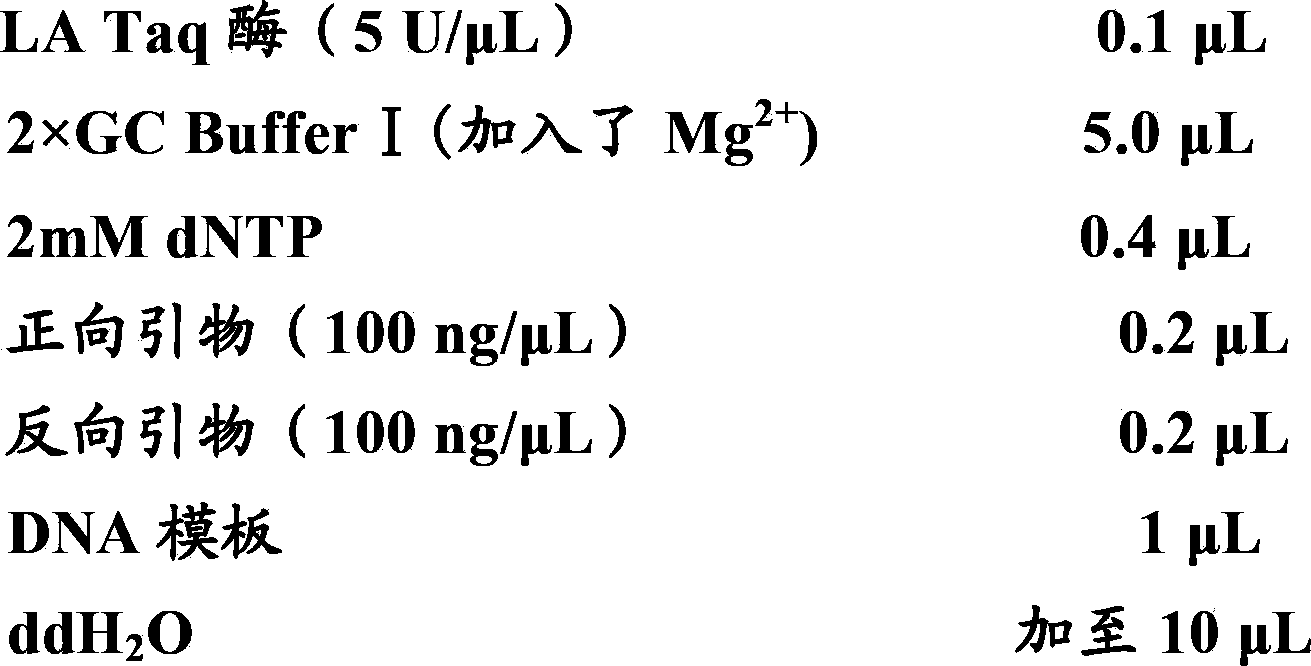DRD (Dope-Reactive Dystonia)-related gene mutation and detecting method and usage thereof
A gene and missense mutation technology, applied in the field of molecular pathology, can solve problems such as pre-mRNA splicing errors and wrong mRNA
- Summary
- Abstract
- Description
- Claims
- Application Information
AI Technical Summary
Problems solved by technology
Method used
Image
Examples
Embodiment
[0077] The inventor collected a second-generation inherited autosomal recessive DRD family. Two patients in the family (1 male, 1 female) showed abnormal gait and dystonia, and had significant and persistent symptoms of low-dose dopa preparations. Efficacy. Such as figure 1 As shown, the two patients are (II1, II2), and they are siblings. Their parents (I1, I2) were phenotypically normal, and I1 and I2 each carried a mutation (eg figure 2 shown), I1 carries c.1004C>T, I2 carries c.1451G>A, and after inheritance to II1 and II2, both II1 and II2 carry two mutations, resulting in a clinical phenotype. II1 is the proband.
PUM
 Login to View More
Login to View More Abstract
Description
Claims
Application Information
 Login to View More
Login to View More - R&D
- Intellectual Property
- Life Sciences
- Materials
- Tech Scout
- Unparalleled Data Quality
- Higher Quality Content
- 60% Fewer Hallucinations
Browse by: Latest US Patents, China's latest patents, Technical Efficacy Thesaurus, Application Domain, Technology Topic, Popular Technical Reports.
© 2025 PatSnap. All rights reserved.Legal|Privacy policy|Modern Slavery Act Transparency Statement|Sitemap|About US| Contact US: help@patsnap.com



